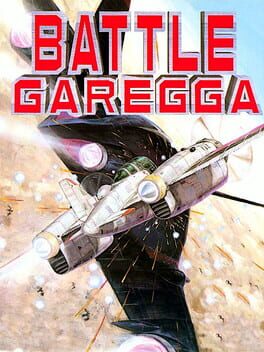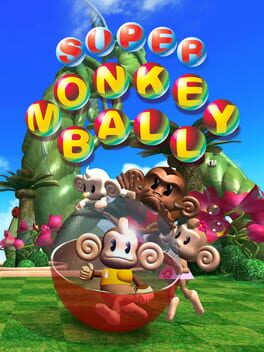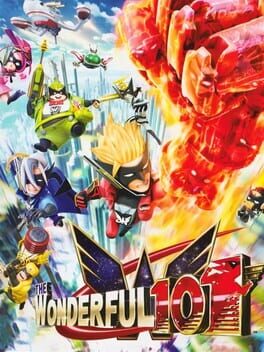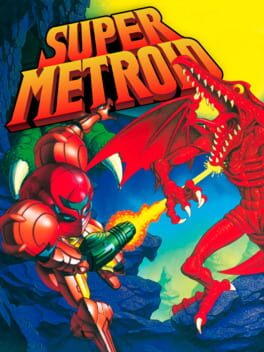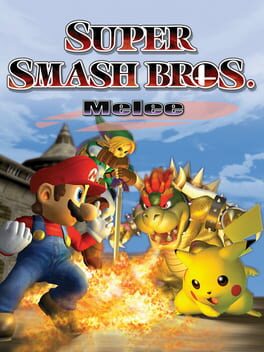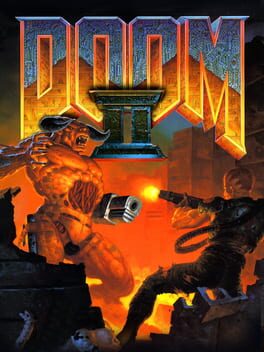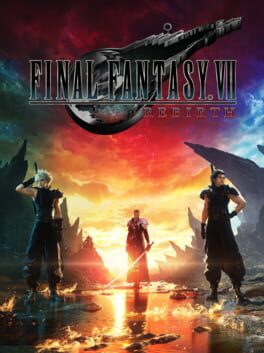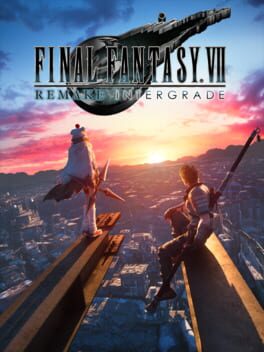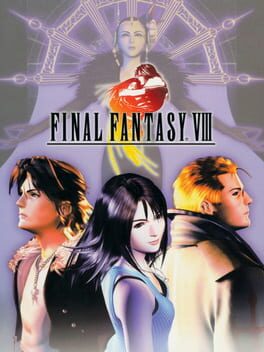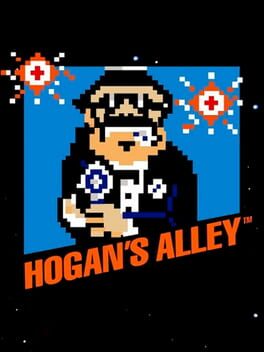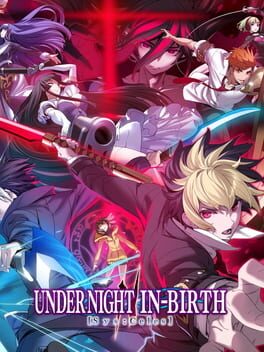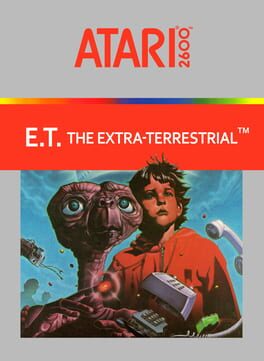LukeGirard
BACKER
it’s just luke. coffee drinker, combo dropper, wannabe writer. on fire like a margarita made out of wood. he/him
Badges

Epic Gamer
Played 1000+ games

GOTY '23
Participated in the 2023 Game of the Year Event

Early Access
Submitted feedback for a beta feature

Pinged
Mentioned by another user

Treasured
Gained 750+ total review likes

GOTY '22
Participated in the 2022 Game of the Year Event

Gone Gold
Received 5+ likes on a review while featured on the front page

Clearin your Calendar
Journaled games at least 15 days a month over a year

Full-Time
Journaled games once a day for a month straight

Busy Day
Journaled 5+ games in a single day

Adored
Gained 300+ total review likes

Famous
Gained 100+ followers

Shreked
Found the secret ogre page

Organized
Created a list folder with 5+ lists

Roadtrip
Voted for at least 3 features on the roadmap

Best Friends
Become mutual friends with at least 3 others

Listed
Created 10+ public lists

Donor
Liked 50+ reviews / lists

3 Years of Service
Being part of the Backloggd community for 3 years

GOTY '21
Participated in the 2021 Game of the Year Event

Elite Gamer
Played 500+ games

On Schedule
Journaled games once a day for a week straight

Trend Setter
Gained 50+ followers

Well Written
Gained 10+ likes on a single review

Loved
Gained 100+ total review likes

Liked
Gained 10+ total review likes

Popular
Gained 15+ followers

Gamer
Played 250+ games

GOTY '20
Participated in the 2020 Game of the Year Event

N00b
Played 100+ games

Noticed
Gained 3+ followers
Favorite Games
1031
Total Games Played
014
Played in 2024
659
Games Backloggd
Recently Played See More
Recently Reviewed See More
As I wandered the EVO floor on that fateful Friday morning and heard the news that the fated successor to our darling Under Night In-Birth Exe:Late[cl-r] was just announced and playable at that very moment, my personal anticipation and anxiety rose to all new heights. Things seemed promising from the trailer, but it was hard to judge anything for sure until I got my hands on it. After a bit of waiting in line I finally got my hands on the game, and to my absolute delight there wasn’t anything that jumped out to me. To be clear, UNICLR was never a game I was particularly great at, and as such any small tweaks and balances that did exist surely passed me by, but the foundation felt extremely similar to what I had played in the past. Somehow, it seemed like FB did the one thing no one expected but everyone secretly hoped: they didn’t fuck with the formula.
Flash forward five months, and now that I’ve had the full release of the game in my hands for the past few days I can finally confirm that this is functionally just an iterative sequel to the first game - think like how Street Fighter 4 handled its packaged versions back in the day. In fact, I’d almost liken it more to a glorified balance patch or brand new season than an entirely different game. While someone who casually messed with UNI back in the day may have yearned for more of a refresh to give the series another shot, I appreciate the restraint of the devs to understand the value of their game and not second guess themselves on old mechanics. They didn’t throw the baby out with the bath water, they didn’t make GRD easier to parse, they didn’t fix what wasn’t broken. “More of the same” is the highest compliment I can give to a game with Vorpal Cycles and Chain Shift in it.
To touch a bit on the adjustments more directly, each small new addition targets the GRD system and gives the player just a few more tools to work with and consider in a match. Things like the new forward roll aren’t terribly substantial on the face of it, but by adding more things to this towering stack of mechanics built off the same central resource, it leads to further complications in how to make the best choices in the heat of the moment. When to spend GRD for a force function, when to hold off and play defense, and when to take a chance on a shield to push the Cycle forward and build massive GRD at the risk of a Break are just a few strings of general choices you can make in a pinch, and this is only from the defending player’s perspective - this doesn’t consider how to play with GRD in neutral to even end up in these intense scrambles to begin with. For a modern comparison, in a game like Street Fighter 6 this type of complex decision-making already feels exhausting in the best ways with a lenient timer and an automatically generating central gauge to spend, so making these potentially higher risk gambles on an ever repeating 16 second timer in UNI2 feels just as if not more exciting in the heat of a match. Additions to the system could have run the risk of tipping the balance of an extremely well considered system, but at its core, UNI2 is still all about the captivating tug-of-war for GRD and the race to achieve Vorpal we all fell in love with before, just further touched up and refined in really intelligent ways.
The true meat of this package as a “sequel” really just comes in everything surrounding the game itself, which I don’t want to get too caught up in for the brevity of this blog, but it must be said that this is absolutely one of the most feature rich and complete fighting game packages ever made. Barring the exclusion of cross-play (forever and always, fuck Sony), no stone was left unturned and nothing was left behind. From intense training mode options to replay takeover functions, this game truly has every tool you could ever want and shit you probably didn’t even know you wanted, it makes you wonder how anyone can accept less complete packages from far more established developers in an era where fucking French Bread of all companies is dropping what’s unquestionably the most accessible and rich fighting game of the year.
This has always been a series I’ve held in high respects - never one I was particularly great at or could understand all the intricacies of beyond the the first layer or two, but always one I kept at the top of the stack when it came to my “casual” fighters. I’ve always been a player who loves obsessing over and gaining a strong understanding of game’s and their mechanics, so while I’m still willing to appreciate Fighting Games largely for their surface level “approachable” aspects, I always try to dig a bit deeper whenever possible. While there’s been many games over the years I’ve dreamt of attaining a greater understanding of, few have occupied as much space in my brain as Under Night. In the past it felt like a far off dream to understand the intricacies of the game, to understand something simultaneously complex and beautiful in its construction yet tragically hidden in the shadows behind passionate local communities bound by the shackles of delay-based hell. It felt impossible to slip in and catch up with everyone else in the moment, but now with the release of UNI2, I feel the spark to play and learn far more than I ever have before. For the first time in a while, the thought of going out to events big or small is alluring to me for a bit more than the usual communal aspects you tend to find with fighting games - as fun as it is to stumble into CoN5 without touching the game for months and hitting B-Tatsu in bracket without a care in the world, the drive to learn and improve for nothing more than the love of the game is something I haven’t felt as often as I’d like these days. It’s one of the many reasons I continue to show up for new fighters despite my adult life constricting the amount of time I can put into them, no other community driven games are gonna give you the same sensations as playing and learning with other community members, and that’s always a high I’ll continue to chase for the rest of my days. As much as I love falling back on old favorites, I’m so thankful companies like French Bread are still capable of lighting that spark of life within me for a new release like this. Even if you’re not into fighting games for the competitive glory or paltry prize pools of small tournaments, if you’re into the genre in literally any capacity at all, I hope this is a game that can light the spark for you too.
First, if you’ve ever belabored that the game is too confusing or doesn’t make sense or whatever, you have to consider that all the game’s mechanics were actually broken down in the manual. No stone is left unturned, it even explains how the scoring system works (or how it’s supposed to work, apparently the way your point total gets tallied during the ending is kinda fucked up). Pits are the mechanic that have seen the most criticism at this point, and while they can certainly be frustrating, they’re not glitched or broken or whatever. People have even pointed towards the collision being the culprit, which isn’t true either. In fact, they work completely perfectly. The real problem is that the collision is too good. E.T. and his sprite is so accurate that it’s incredibly easy to clip the pits while navigating, on top of easily falling back in once you get out. While this can be alleviating beforehand by improving your steering, or afterward by leaving the bottom part of the pit rather than the top, it’s still a mechanic that could have seen some brushing up with some hindsight - shrinking your hurtbox slightly should theoretically fix the issue entirely.
Once you have a grasp of world navigation, finding the phone parts and scraping the map for zones is actually pretty fun. And I hate to say it, but scrambling for and getting to the “go the fuck away” zone icons in-between scuffles with the government agents can actually provide very small bursts of excitement during the game. Getting grabbed by an agent sucks, but since the game is over in three minutes and a fresh start is a reset away, the pace is genuinely kind of electric. Where it does fall apart for me is actually in the home stretch of the game - while placing the Phone Home zone on one single unique spot of the map is a natural evolution of the preexisting rogue mechanics, it’s pretty obnoxious blindly running around each of the game’s five major screens looking for the correct spot while avoiding the rest of the hazards. Oftentimes I’d get all the phone parts, fumble around for the last zone, get caught, and then just reroll the system for better odds. Again, while the game can get away with these weird bumps due to its length, this one in particular feels the most cheap to me - it’s not enough to ruin the game, but definitely holds it back from being something I’ll want to replay often.
If you’re not 5 years old and refuse to read an instruction manual, there’s really no reason to be so vehemently against this one I feel, especially on a system like the Atari 2600 which, in retrospect, wasn’t pumping out the finest of the medium. It’s not high art, and surely there’s a lesson to be gained from how its launch window was handled (not just for this game, but other games launching around the same time), but gimme a break lmao. With 40 years of hindsight, I think it’s fair to say this is easily the 2nd best piece of E.T material that’s ever been made.
